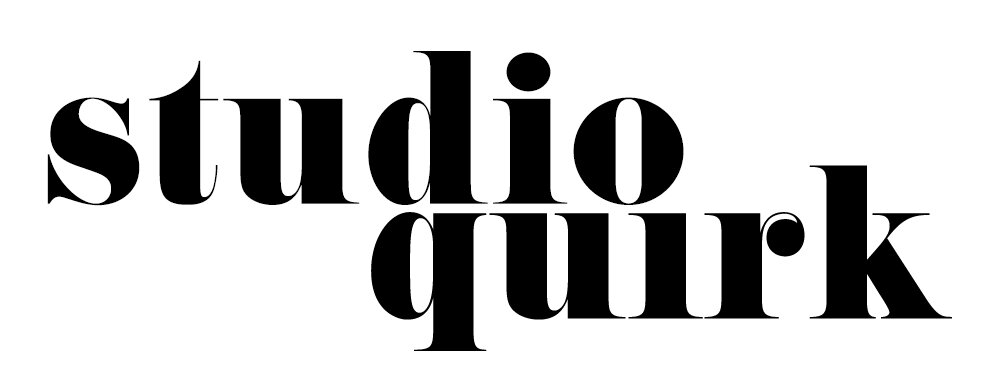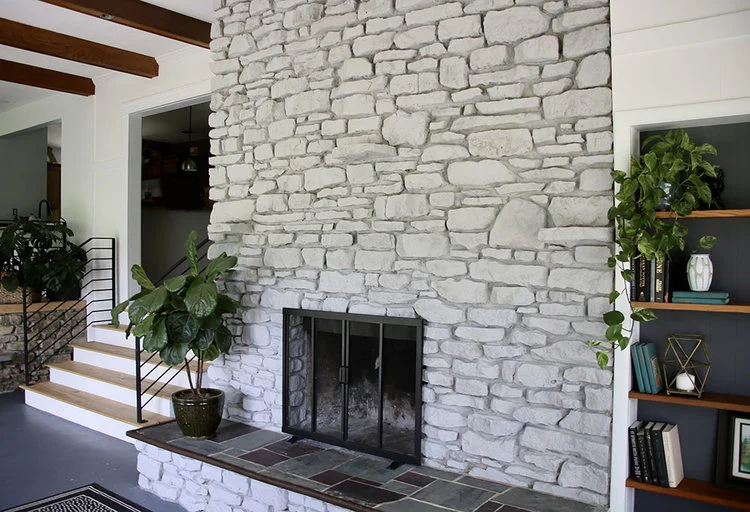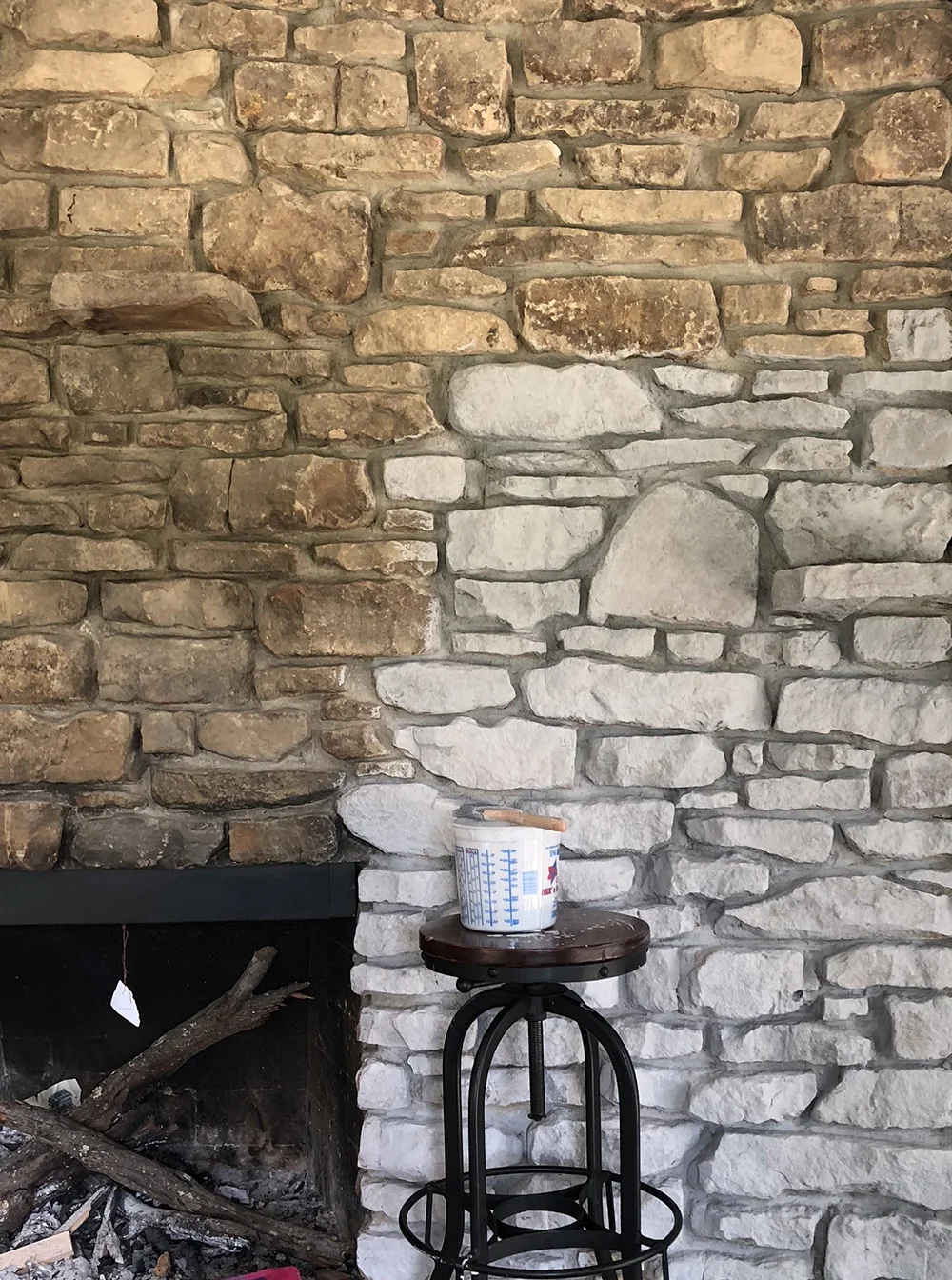Jessica Bakes | Rainbow Cake
/A few weeks ago our little Felix turned four and requested a rainbow birthday cake. The end result was really pretty easy and incredibly delicious! This isn't a really a recipe (I used a box mix!) but here's how we got the effect.
We used one box of white cake mix and divided it into six bowls (a heaping 1/2 C). I've seen them done with traditional thick layers, but that ends up being like 3 full cakes and this normal sized guy was enough sugar for this family over the course of a weekend!
Next we added food coloring (nothing fancy - just the standard kind you get in the baking aisle) and dolloped each batch out into a very thin layer in a 9" cake pan. Bake at 350 for about 10 minutes. I did three at a time.
Once cool (that happens pretty quickly!), layer them up! I frosted this cake with my favorite icing - approximately two packages of cream cheese and 5 C of powdered sugar and a little squeeze of almond flavoring.
As you can see, the cakes aren't the exact same size, but I don't think that takes away from the effect once the cake is cut into! In fact, I almost always do my cakes "naked' and only use frosting between layers (here's Beatrix's first birthday cake, and Felix's first birthday cake - OMG look at how tiny he was! Time flies (and drags on. The days are long and the years are short)
To top it off we did a generous topping of rainbow sprinkles and a few decorative stars with the remaining icing.

































